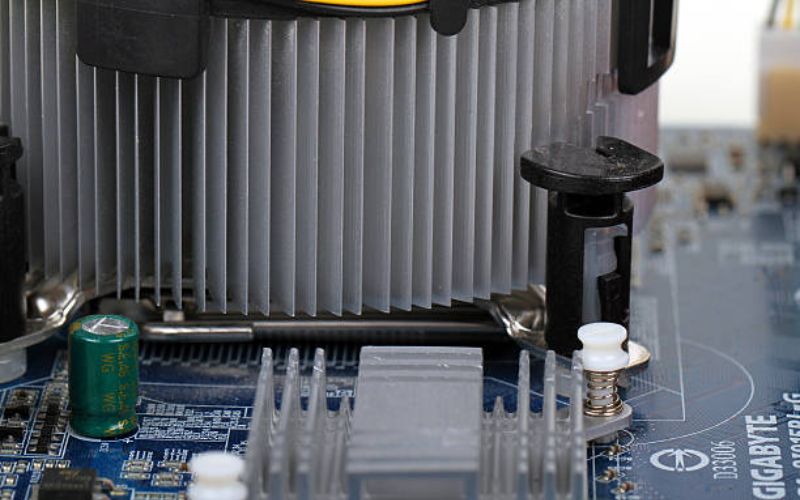Introduction
With the increasing demand for high-performance electronics, efficient cooling systems have become crucial to maintaining their functionality. One solution to heat dissipation is the use of liquid cooling plates. In this article, we will discuss the working principle of liquid cooling plates and how they help regulate temperature in electronics.
What are Liquid Cooling Plates?
Liquid cooling plates are devices used to dissipate heat from electronic components. They are typically made of copper or aluminum, and a liquid coolant is circulated through the plate to absorb heat. The coolant can be water or a specialized liquid designed for cooling electronics.
The Working Principle of Liquid Cooling Plates
The working principle of liquid cooling plates is based on the transfer of heat from the electronic components to the liquid coolant. When the electronic component generates heat, the coolant absorbs it. The heat is then carried away from the component and through the coolant towards a radiator or heat exchanger, where it dissipates into the surrounding environment. The cooled coolant is then recirculated back to the cooling plate to absorb more heat. This continuous flow of heat transfer provides efficient cooling for electronic devices.
Advantages of Liquid Cooling Plates
Compared to traditional air cooling systems, liquid cooling plates offer several advantages. First, they provide better heat dissipation, which helps to prevent overheating and device failure. They also operate more quietly since there are no fans required. In addition, liquid cooling plates can be more efficient at cooling high-power electronics, which can be difficult to cool with air alone.
Design of Liquid Cooling Plates
The design of liquid cooling plates can vary depending on the application. Generally, they are thin and flat, with various shapes and sizes to fit the electronic components. The coolant can either be sprayed or pumped through the plate for maximum effectiveness. The plate may also have microchannels or fins on its surface, which increase the surface area, allowing for better heat dissipation. The coolant flow rate, pressure, and temperature are carefully monitored to ensure optimal cooling performance.
Types of Coolants Used in Liquid Cooling Plates
There are several types of coolants used in liquid cooling plates. The most common are water-based or oil-based coolants, which are mixed with various chemicals to prevent corrosion or bacterial growth. Fluorinated refrigerants may also be used in some applications to achieve high cooling performance. Specialized liquid coolants can be used for applications where there are specific requirements such as high-temperature stability, low viscosity, or low electrical conductivity.
Applications of Liquid Cooling Plates
Liquid cooling plates can be used in various applications where high-power electronics require efficient cooling. They are commonly used in data centers, where servers generate a lot of heat. Liquid cooling plates are also used in high-performance computing, gaming computers, power electronics, and electric vehicles. They can be found in medical equipment, aerospace, and military devices where reliable and efficient cooling is crucial.
Installation and Maintenance of Liquid Cooling Plates
Installation of liquid cooling plates can be more complex than air cooling systems. The coolant needs to be properly mixed, and the flow rate and pressure need to be set up and monitored. Maintenance includes periodic cleaning of the coolant system, ensuring no leaks occur in tubes or connections, and checking for proper coolant levels. It is recommended to have a professional guide the installation and maintenance of liquid cooling plates.
Future of Liquid Cooling Plates
The future of liquid cooling plates in cooling electronic devices appears bright. As electronics continue to become more high-power, air cooling systems will not provide sufficient cooling, and liquid cooling plates will become increasingly essential. The technology is continually improving, and we can expect to see smaller, more efficient, and cost-effective liquid cooling solutions in the future.
Conclusion
Liquid cooling plates provide an efficient solution for cooling electronic devices, preventing overheating, and device failure. Through the flow of a liquid coolant, heat is dissipated from the electronic component, providing superior cooling performance compared to traditional air cooling systems, while operating more quietly. As electronics continue to become more high-power, liquid cooling plates will become increasingly essential, and we can expect to see the design and technology of liquid cooling solutions continually improve.

